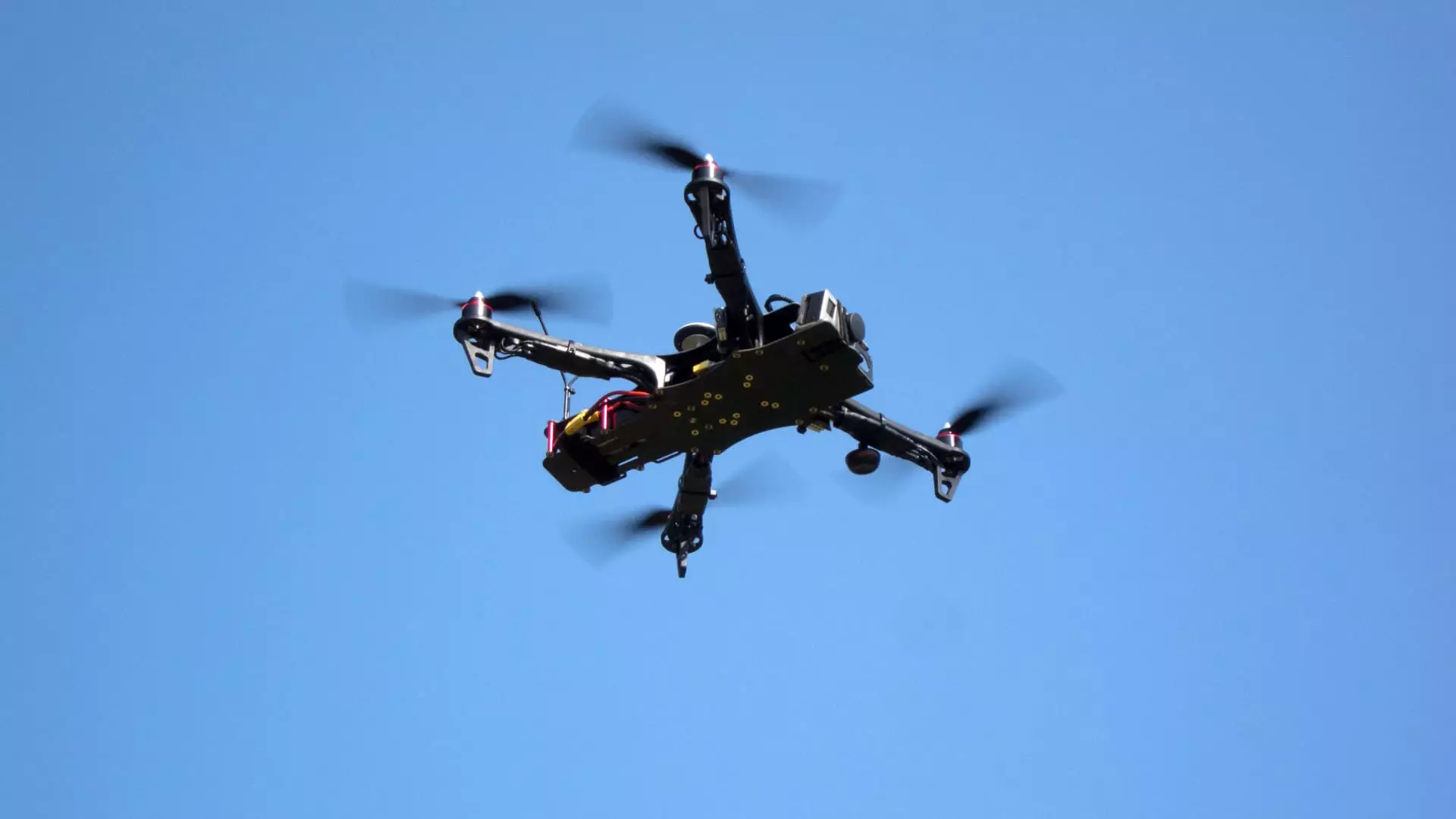Recently, the FBI and the Department of Homeland Security (DHS) provided insights into the ongoing investigations regarding numerous reported drone sightings in New Jersey. These investigations are crucial, given the rise in public concern about potential surveillance and safety implications associated with unidentified flying objects. Upon thorough analysis, it has been determined that a significant number of these sightings are likely misidentifications of manned aircraft rather than actual drones. This misinterpretation heightens the need for greater public education about distinguishing between various aerial vehicles.
Both the FBI and DHS have not found substantial evidence linking the reported drone sightings to any illegal activities or threats to national security. This conclusion is reassuring for the public, as it suggests that the units involved are not part of any organized malicious endeavor. A DHS official emphasized that there is no current basis to consider these sightings as indicative of criminal activities, presenting a calming narrative in an otherwise tense atmosphere that often accompanies discussions around aerial surveillance.
Moreover, the investigations, which have primarily focused on incidents occurring at night, have revealed that the drones reported are generally larger than those typically operated by hobbyists. This raises questions about who might be operating these drones and to what end, especially when such sightings have taken place near notable locations, including golf courses owned by high-profile individuals and military facilities.
Amidst these investigations, political figures, including Republican Rep. Mike Waltz, have speculated about the origin of these drones. His commentary on CBS’s “Face The Nation” suggested that the sources of these drones could be more complex than local hobbyists. He posits that these craft might be following pre-set GPS coordinates or potentially even deploying from offshore locations. This introduces a layer of concern regarding the effectiveness of homeland defense measures. Such dialogue not only escalates the need for a critical examination of current airspace security but also brings to light the broader discourse about national defense capabilities in the face of new aerial technologies.
Furthermore, Waltz’s commentary hints at the necessity for an expansive approach to air defense systems. Drawing parallels to Israel’s Iron Dome, he advocates for a comprehensive protection strategy that incorporates drones as a factor in the evolving landscape of defense. The idea is not merely to counter conventional threats but to prepare for multifaceted aerial challenges that may arise in the future.
As the investigations unfold, it is essential for the public to remain vigilant and informed. Understanding the distinction between different aerial systems and their purposes can mitigate misidentifications and, ultimately, foster a more informed dialogue surrounding drone technology in American airspace. As technology continues to evolve, the discourse surrounding defense mechanisms, public safety, and potential threats must keep pace. It is crucial for citizens, lawmakers, and law enforcement to collaborate effectively to enhance not only awareness but also the protective measures needed for communal safety in a landscape increasingly influenced by unmanned aerial vehicles.


Leave a Reply